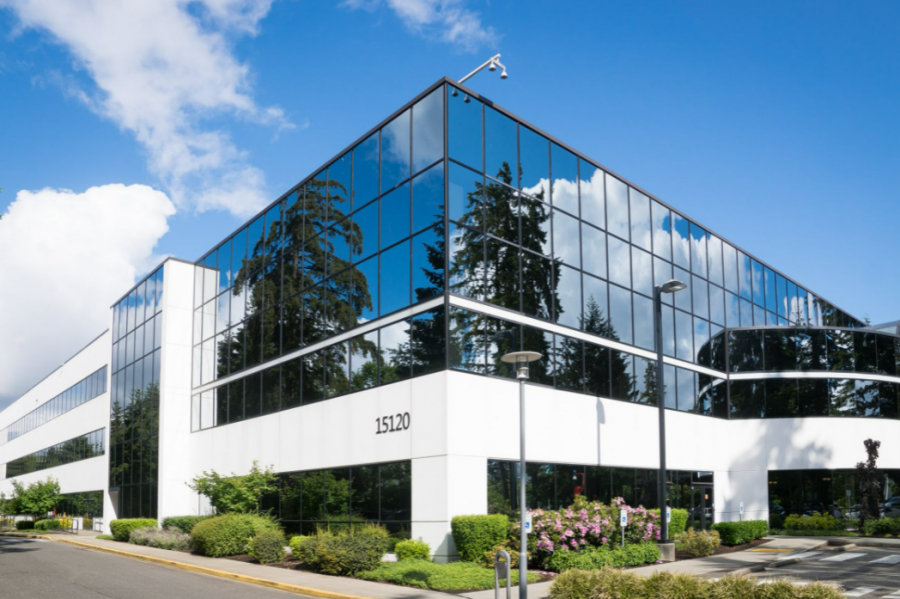Roof coatings are a great way to fix an aging or leaking flat roof. Both acrylic and silicone roof coatings are popular ways to stop leaks and extend a roof’s lifespan. But which one you choose depends on your roof as well as the climate your building is in. Understanding the benefits, limitations, and drawbacks of acrylic and silicone will help you choose the right roof coating for your business.
Silicone Roof Coatings
Silicone can be applied to nearly any type of roof, reflecting the sun’s UV rays. Moreover, silicone coatings are highly UV stable and will resist degradation. UV reflection increases comfort indoors and greatly reduces your utility bills.
Silicone roof coatings are also very durable and flexible. Not only that, a single application is generally enough, saving time and labor costs.
Finally, silicone roof coatings can withstand heavy rain, extreme temperatures and resist oxidation. Overall, silicone is better at protecting roofs prone to pooling water than acrylic roof coatings.
However, while silicone has many advantages, it tends to attract dirt, requiring regular washing. If a silicone-coated roof becomes too dirty, it loses its reflective quality. Also, silicone roof coatings become very slippery when wet, making washing the roof dangerous if you don’t have the right training or equipment.
Acrylic Roof Coatings
If your roof substrate is made of metal, modified bitumen, single-ply, built-up, or spray polyurethane foam, acrylic roof coatings are a good choice.
Acrylic coatings are extremely cost-effective, highly resistant to UV rays, and very reflective. In addition, acrylic roof coatings are easily sprayed or rolled onto the existing roof substrate.
While acrylic coatings have a lot of advantages, they do have a few drawbacks. Since acrylic roof coatings are water-based, they can peel up from a roof with pooling water. Pooling water is not an issue in the short term, but it can become a problem if the pooling water is there for an extended time.
Also, frigid temperatures slow down the time it takes for an acrylic coating to dry. In turn, a slow drying time makes it difficult for the coating to properly adhere to the roof. Finally, acrylic roof coatings can’t be applied if the temperature drops below fifty degrees Fahrenheit.
Both silicone and acrylic roof coatings can be a good choice. But, take the time to determine which is best for your needs. A roofing professional, like those at Everest Systems, can assess your roof and help you to decide which coating is right for your roof.

